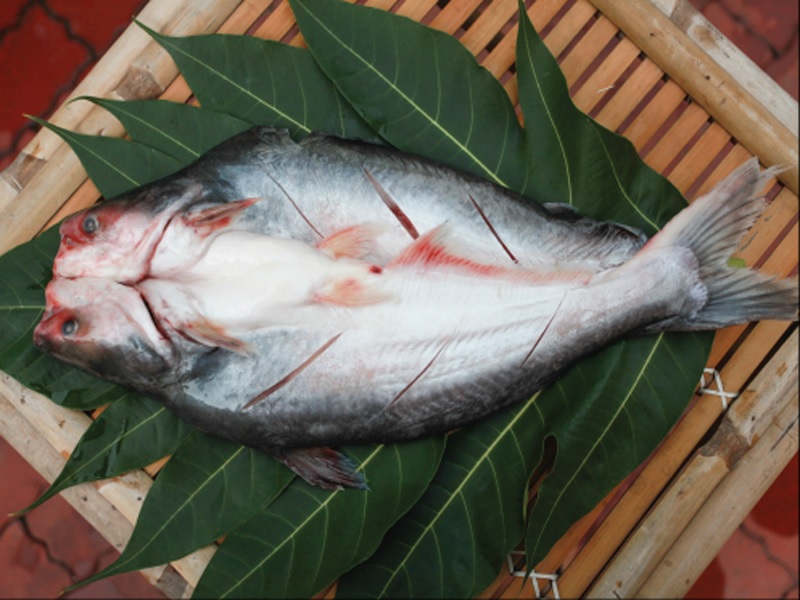(seafood.vasep.com.vn) Statistics from China Customs show that the country's seafood import demand is recovering strongly after opening in early 2023. However, Vietnam's seafood exports to this market have not recovered yet. This can be explained by market factors as well as internal reasons.

In the first quarter of 2023, Vietnam's seafood exports to the Chinese market still decreased by 27% compared to the same period last year, reaching nearly 240 million USD. While exports in January and March experienced negative growth of 60% and 39% respectively, only exports in February showed positive growth of 24% .
The top 5 seafood products exported to China include pangasius, anchovies, white leg shrimp, black tiger shrimp, surimi and fishcake. Pangasius accounts for 55% of seafood exports to China, therefore, the decrease in pangasius exports to this market has largely affected general exports. Exports of white leg shrimp, fish cakes - surimi and many other products still fell deeply. However, dried anchovies are gaining great popularity in the Chinese market with an increase of 50% in the first quarter. Many other dried processed products such as yellow snapper and dried shrimp have strongly increased export value. In addition, black tiger shrimp is also recovering its export value to China with an increase of 46% over the same period.
March 2023: China's seafood imports increased by 58%
With more than 1 million tons of seafood imported in the first quarter of 2023, worthed more than 4.5 billion USD, China's import increased by 17% in volume and by 13% in value over the same period in 2022.
Only in the first month of 2023 the year, China's seafood imports decreased by 27% in volume and 19% in value compared to January 2022 because of the New Year holidays and the Lunar New Year. From February, imports started to increase sharply by 32% and 20% respectively.
March 2023 was the most breakthrough month of China's seafood imports with an increase of 58% in volume and 51% in value. This month alone, China imported 453,000 tons of seafood, worth over 1.8 billion USD.
Frozen seafood products imported into China accounted for 89% in volume and 67% in value, while fresh/raw/chilled products accounted for 7% and 28% respectively. Processed products accounted for only 2%.
China increased sharply seafood imports for the processing and export segment, accounting for 21% in volume and 12% in value. The volume of seafood imports for this segment increased by 70% over the same period last year.
China's seafood imports for domestic consumption accounted for 65% in volume and 82% in value, an increase of 16% and 13% respectively.
In terms of volume , China imports the most pollock with nearly 200,000 tons, followed by squid with nearly 94 thousand tons. For pangasius, in the first 3 months of 2023, China imported 45,000 tons with an average price of 2.18 USD/kg, down 7% compared to the same period in 2022.
Thus, seafood imports for domestic consumption have not recovered strongly, the average import price has decreased. Moreover, competitive pressure from Ecuador, India, and Indonesia are negatively affecting Vietnam's seafood exports to China.
However, Vietnamese seafood enterprises still expect that exports to China will soon recover because it is predicted that China's seafood consumption will explode in 2023. 1.4 billion people were “liberated” from COVID lockdowns and eager to return to eating out. The Chinese have stockpiled between $1.5 trillion and $2 trillion in "excess household savings" during the lockdown, so seafood spending is expected to increase in the next time.
Compiled by Thuy Linh